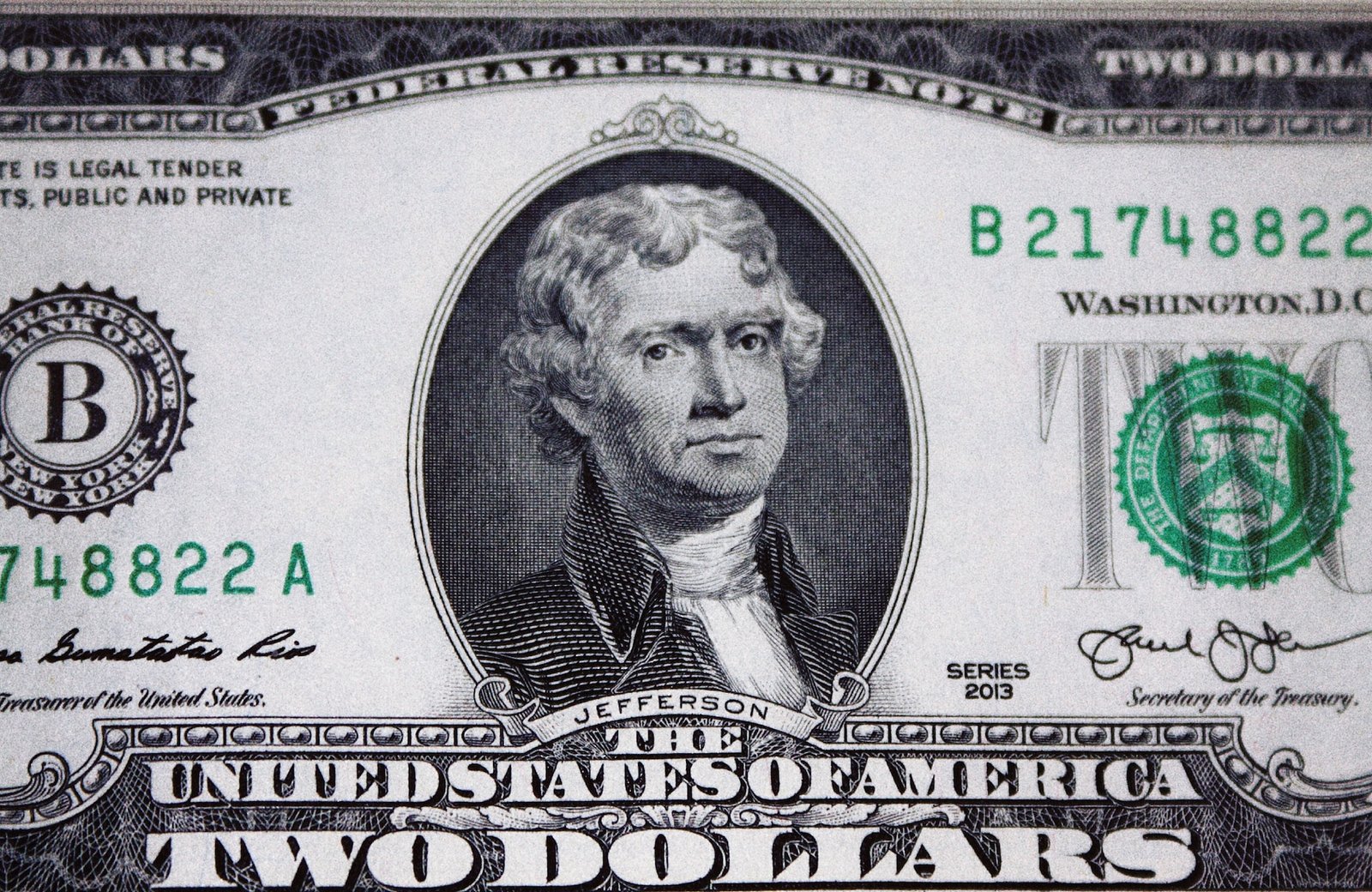The Little Rock Nine
Introduction
The Little Rock Nine stands as a symbol of the early civil rights movement in the United States, embodying courage, resilience, and determination. These nine African-American students took on the daunting challenge of desegregating Little Rock Central High School in Arkansas in 1957, setting the stage for the broader civil rights battles that would follow.
Background: The U.S. in the 1950s
In the 1950s, the U.S. was deeply segregated. Despite the landmark 1954 Supreme Court decision in Brown v. Board of Education, which ruled that racial segregation in public schools was unconstitutional, many southern states resisted integration.
Choosing the Nine
The Little Rock Nine comprised of Ernest Green, Elizabeth Eckford, Jefferson Thomas, Terrence Roberts, Carlotta Walls LaNier, Minnijean Brown, Gloria Ray Karlmark, Thelma Mothershed, and Melba Pattillo Beals. These students didn’t set out to become heroes; they simply wanted to access the same quality of education as their white counterparts.
September 4, 1957: A Day of Defiance
On the morning of September 4, 1957, the nine students tried to enter Little Rock Central High but were barred by the Arkansas National Guard, under orders from Governor Orval Faubus. The images of a defiant Elizabeth Eckford, surrounded by a jeering mob, made international headlines.
Federal Intervention
President Dwight D. Eisenhower, seeing the escalating tension and blatant defiance of federal law, intervened. He ordered the 101st Airborne Division of the U.S. Army to escort the students into the school, ensuring their safety and asserting the federal government’s commitment to enforcing the Brown v. Board decision.
A Tense Year
While the Little Rock Nine finally made it inside the school, their challenges were far from over. They faced daily harassment, threats, and even physical violence. Despite these hardships, they persevered, attending classes and completing their coursework.
Legacy and Recognition
The courage of the Little Rock Nine didn’t go unnoticed. They received recognition both nationally and internationally. In 1999, President Bill Clinton awarded each member the Congressional Gold Medal, the highest civilian award in the U.S.
Personal Achievements
The Little Rock Nine went on to lead successful lives. For instance, Ernest Green became the first African American to graduate from Little Rock Central High and went on to serve under President Jimmy Carter. The stories of all nine are filled with achievements, showcasing their determination to not just survive, but thrive.
The Importance of Memory
Today, Little Rock Central High School stands as a National Historic Site, preserving the memory of this crucial event. The bravery of these nine students serves as a reminder of the challenges faced during the civil rights movement and the enduring spirit of those who fought against racial injustice.
Aftermath and Educational Changes
The efforts of the Little Rock Nine did not merely cease with their attendance at the school. Their actions set off a ripple effect across the nation, prompting other schools to integrate and challenging the deeply entrenched racial barriers. The confrontation in Little Rock became a focal point that highlighted the need for educational equality. It accelerated desegregation efforts in other parts of the country, sparking both support and backlash.
The Struggle for Social Acceptance
Though legally mandated to integrate, social acceptance was a different battle. The students of Little Rock Central High, like many other integrated schools, grappled with prejudice, misunderstanding, and outright hostility. This was not limited to the students alone; teachers and administrators often displayed bias, either subtly or overtly. The experiences of the Little Rock Nine shone a light on these broader societal challenges that would need addressing in the years to come.
The Broader Civil Rights Movement
The bravery of the Little Rock Nine was a precursor to the broader civil rights movement that took root in the 1960s. Their courage inspired many, including the likes of Martin Luther King Jr., Rosa Parks, and countless others. It galvanized the youth, led to the formation of student-led organizations, and cemented the role of young people as key drivers of social change.
Reunions and Reflections
Over the years, the members of the Little Rock Nine reconvened several times to commemorate their shared experience. These reunions served as powerful reminders of their collective strength. The gatherings were often emotional, reflecting on their youthful bravery in the face of overwhelming odds. Their reunions also became a beacon of hope for subsequent generations, illustrating the power of unity and resilience.
Impact on Contemporary Society
The legacy of the Little Rock Nine extends to the present day. Modern movements advocating for equality and justice, whether based on race, gender, or sexuality, often draw inspiration from historical benchmarks like the actions of these nine students. Their story has been the subject of numerous books, documentaries, and films, ensuring that their legacy continues to inspire.
Conclusion
The Little Rock Nine’s story is not just about school integration. It’s a testament to the human spirit, courage, and the relentless pursuit of justice. Their actions catalyzed further movements and debates on racial equality, solidifying their place in the annals of American history.







